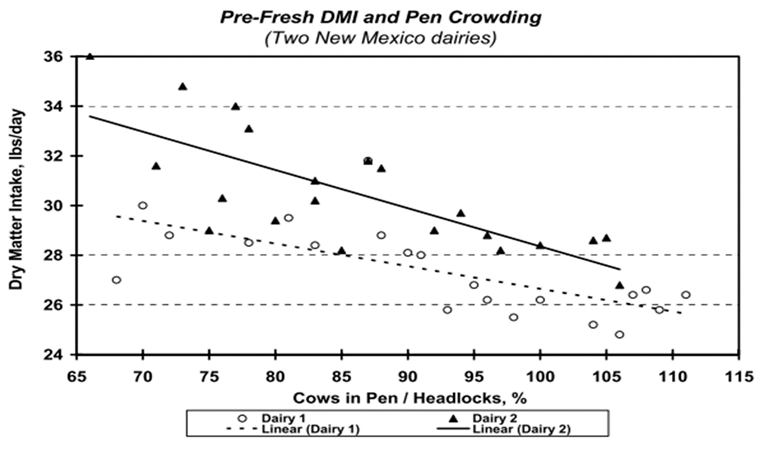

In this article, we will tell you what to look out for when keeping dry cows in the stable in order to achieve an optimal dry period.
The dry period is a period during which many changes take place for the cow. Not only does the cow enter a new, separate group. Milk production also ends and hormonal changes take place. Most of the problems during lactation occur during dry periods. It is therefore a good thing that the transition period - the transition from one lactation to the next - is increasingly getting the attention it deserves.
Sufficient space
At the same time, it is very important during this time that the cow gets through the day (and night) stress-free. Having their own feeding space with sufficient available feed and water is crucial here. Having to 'fight' for a feeding space causes unnecessary stress. While the impact of stress is greatest in dry cows. Besides the availability of sufficient feed, the feeding area must also be easily accessible. Finally, dry cows are bigger and heavier than lactating cows, so they need more lying space.
Overcrowding in the stable reduces dry matter intake. This is shown in the figure below. In this study, the effect of stall occupancy was compared with dry matter intake. There is a clear correlation between high stocking density and low dry matter intake. Reduced feed intake during the dry period is directly related to (trailing) milk fever and uterine infections.

Clean drinking water
Besides easily accessible feeding and lying areas, plenty of clean and fresh water should also be available. For dairy cows, the standard is 10 centimetres of drinking basin per cow. For dry cows, it is 15-20 centimetres per cow. Water intake directly affects dry matter intake.
Finally, it is important that dry cows can walk around freely. Walkways with dead ends are not desirable. When cows can walk around freely it gives them significantly less stress. Especially for cows in a lower ranking. In addition, this by definition ensures higher dry matter intake and more consistent results around calving.
Tips from our specialists
Here are some additional tips from our specialists for keeping dry cows in the stable.
Want to know more or make an appointment with our specialists to see how this can be optimised on your farm? Feel free to contact us.
